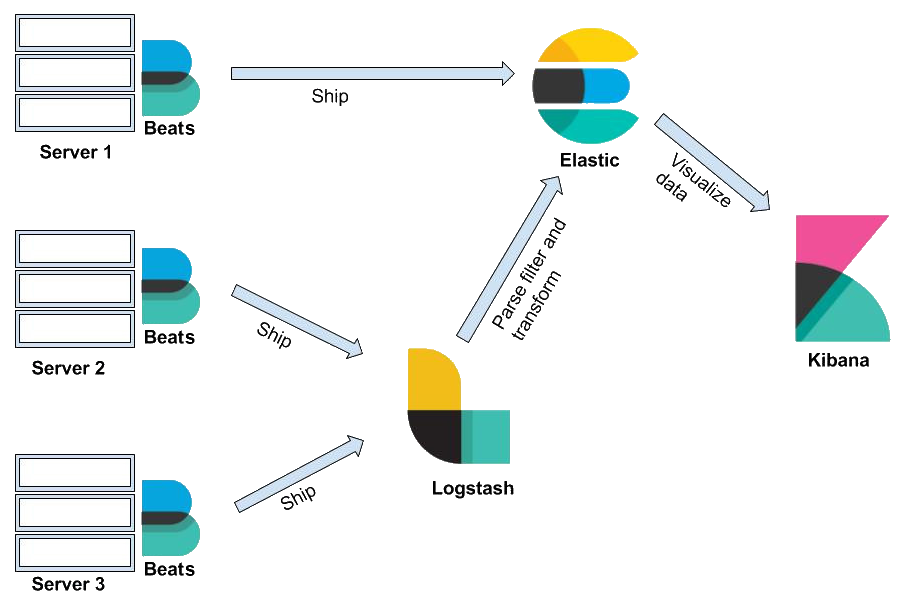Elasticsearch provides the searching and management functionality of a document-oriented database. Documents are stored in JSON form, and, with the help of a query DSL, any document can be retrieved. It uses an HTTP interface, and REST APIs are used to index, search, retrieve, delete, or update the database. Elasticsearch is used by so many because it allows the user to write a single query that can perform complex searches (such as by applying certain conditions). Elasticsearch has three main uses: web search, log analysis, and big data analytics. It is widely used by big companies such as Netflix, Stack Overflow, and Accenture (among others) to monitor performance, analyze user operations, and keep track of security logs.
A relational database system is a cluster of databases in which each database is called an index. The tables in the index are named type, each row is a document, and each column is a field. The process of defining how a document and its fields are stored and indexed is called mapping. A query DSL is a SQL query that requests information from a database. A cluster is a collection of servers that contain the entirety of the data. The default name for the cluster is Elasticsearch. Each cluster is made up of nodes, which are the individual servers. They store the data and are indexed to the cluster. A collection of documents that contain similar characteristics is called an index. There is no limit on how many indices there can be in a cluster.
The information that can be indexed is called a document. It is expressed in JSON format, and it can store various pieces of data. Shards are subdivisions of an index and can help in cases of strict hardware limits, or when the lag time increases due to large amounts of data. Shards split data horizontally and are considered to be indices themselves. Distribution and even parallel operations can be performed on multiple shards. Replicas are copies of a shard or a node in case of failures. They are allocated to a different node and allow scalability because searches can be performed in parallel on all replicas. The features of Elasticsearch are based on REST APIs. The Index API is used to add a JSON form document to an index and make it accessible for searches. The Get API is used to retrieve those documents from their index, while the Delete API removes the document entirely. The Update API updates the document according to a script.


